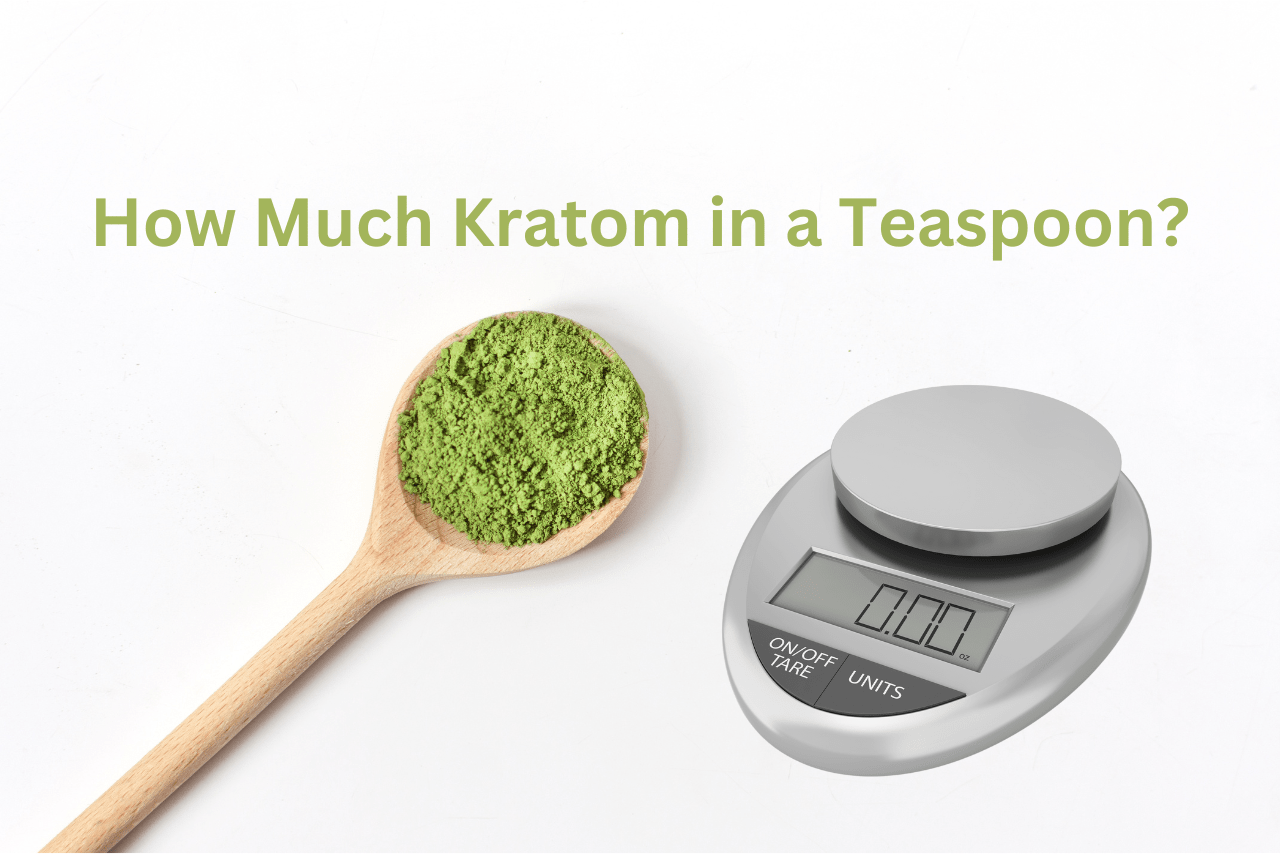Contents
When Was Kratom Discovered? Tracing the Origins of This Remarkable Plant
- Written by David
- Updated on April 23, 2025
- Published on
- Kratom Legal Status
TL;DR
Kratom, scientifically known as Mitragyna speciosa, has captivated the interest of botanists and herbal enthusiasts for centuries. Officially documented in 1839 by Dutch botanist Pieter Korthals, this remarkable plant has a rich history that predates Western discovery. Indigenous communities in Southeast Asia, particularly in Thailand, Malaysia, and Indonesia, have long utilized kratom leaves for their energizing and pain-relieving properties, integrating them into cultural and medicinal practices. Historically, kratom served as an alternative to opium, helping individuals manage withdrawal symptoms during the 19th century.
As scientific exploration of kratom gained momentum in the late 19th and early 20th centuries, researchers identified key alkaloids responsible for its psychoactive effects. Today, kratom remains a topic of debate, balancing its traditional uses against modern safety concerns. This compelling narrative not only highlights kratom’s origins but also underscores its ongoing relevance in discussions about natural remedies and health. Discover the full story of kratom’s discovery and its journey from Southeast Asian forests to global recognition.
For centuries, the dense tropical forests of Southeast Asia have held secrets that continue to intrigue scientists, botanists, and explorers alike. One such mystery lies in the discovery of kratom (Mitragyna speciosa), a versatile evergreen tree whose leaves have become both celebrated and controversial. But when was kratom discovered, and how did it evolve from a traditional remedy to a global phenomenon? Let’s delve into its fascinating history.
A Glimpse Into the Discovery of Kratom
The official documentation of kratom began in 1839 when Pieter Korthals, a Dutch botanist working for the East India Company, first described the plant. Korthals named it Stephegyne speciosa, but the classification underwent revisions over the years. In 1859, British surgeon and botanist George Darby Haviland reclassified it as Mitragyna speciosa, the name it holds today. Korthals’ meticulous sketches and notes on the plant’s distinctive glossy leaves and spherical yellow flowers laid the groundwork for future scientific studies.
While Korthals is credited with its initial discovery, kratom’s use predates Western documentation by centuries. Indigenous communities in Thailand, Malaysia, and Indonesia had long recognized the plant’s potential. For them, kratom leaves were a remedy for fatigue, pain, and digestive issues. Laborers chewed the raw leaves to sustain energy during grueling workdays, and traditional healers brewed kratom tea for ailments ranging from coughs to wounds.
The Role of Kratom in Traditional Medicine
The ethnobotanical roots of kratom run deep in Southeast Asia. Historical records suggest that its use was intertwined with cultural and spiritual practices. In Thailand, kratom was often offered to guests as a symbol of respect. It also featured in ritual ceremonies, where it was believed to connect humans with their ancestors. These cultural practices, passed down through generations, highlight the plant’s revered status in local communities.
The medicinal properties of kratom were also noted in the 19th century. Villagers and healers discovered its unique dual action—small doses acted as a stimulant, while larger quantities provided sedative-like effects. The versatility made it invaluable in managing a wide range of health conditions, from musculoskeletal pain to intestinal infections. Although these practices lacked scientific validation at the time, they underscored the plant’s importance in traditional medicine.
Kratom’s Historical Intersection with the Opium Trade
Interestingly, kratom’s prominence in Southeast Asia grew alongside the region’s opium trade. During the 19th century, as opium dependency became a widespread issue, kratom emerged as a substitute for those trying to manage withdrawal symptoms. A report from 1836 mentions its use in Malaysia for this purpose, suggesting that locals had identified its potential to ease addiction long before Western pharmacologists took notice.
In Thailand, kratom’s rise as an opium alternative caught the attention of colonial authorities. By 1943, the Thai government outlawed kratom under the Kratom Act 2486, partly to protect its lucrative opium tax revenue. Despite the ban, rural communities continued to use the plant discreetly, preserving its cultural and medicinal legacy.
Scientific Exploration and Reclassification
The scientific interest in kratom surged in the late 19th and early 20th centuries. European and American researchers began analyzing its chemical components, identifying alkaloids like mitragynine and 7-hydroxymitragynine, which are responsible for its psychoactive effects. These studies confirmed what indigenous communities already knew: kratom’s leaves possess remarkable properties that interact with the human body in complex ways.
The reclassification by Haviland in 1859—from Stephegyne speciosa to Mitragyna speciosa—was significant. Haviland noted the similarity of kratom’s leaves to the bishop’s mitre, a hat worn by clerics, which inspired the genus name “Mitragyna.” This marked a turning point in understanding the plant’s taxonomy and laid the foundation for future botanical and pharmacological research.
Modern-Day Rediscovery
Today, kratom continues to straddle the line between traditional medicine and modern controversy. Its global rise began in the 21st century when Western consumers started exploring its potential benefits. Advocates tout kratom as a natural remedy for chronic pain and opioid withdrawal, while critics point to safety concerns and the lack of regulation.
Despite its contested status, kratom’s origins remain firmly rooted in its Southeast Asian heritage. From its discovery by Pieter Korthals to its cultural significance in local traditions, kratom’s history offers a compelling narrative of resilience and adaptation.
Conclusion
When was kratom discovered? Officially, it entered the annals of botany in 1839, thanks to Pieter Korthals’ pioneering work. Yet, its story stretches far beyond that—encompassing centuries of indigenous knowledge, colonial economics, and modern scientific inquiry. As debates about its use and regulation continue, the enduring legacy of kratom reminds us of nature’s ability to bridge the past and present, offering solutions and sparking questions along the way.
References:
- “Mitragyna speciosa – Wikipedia.” Link
- Hassan Z., et al. “From Kratom to Mitragynine and Its Derivatives: Physiological and Behavioral Effects.” Neuroscience & Biobehavioral Reviews, 2013.
- Cinosi E., et al. “Following the Roots of Kratom (Mitragyna speciosa).” BioMed Research International, 2015.




